
DIY designs have been taking the design world by storm! Especially with COVID-19 restricting us to our homes, building things purely with our hands, putting our sweat and grit into it, and watching a design roar to life in front of our eyes, has become the new pass time for many of us. But these DIY designs are more than just your run-of-the-mill products made using discarded water bottles, and paper! These are innovative, complex, and highly functional product designs that cater to a variety of our needs, but are also really simple to put together. It’s the best of both worlds. From a sustainable helmet made from mushroom to a DIY wooden bicycle – each of these nifty designs will get your creative juices flowing, your hands moving, as well as definitely add some value to your life. Which of these unique DIY designs would you try building at home?!
1. The Grow It Yourself Helmet


This mushroom helmet will grow on you as it grows. Yes, read this slowly and carefully: this mushroom helmet will grow on you as it grows. “What do you mean?!” you say and I assure you that statement is not wrong, there is an explanation for it. The Grow It Yourself Helmet is a sustainable product made from mycelium which is the vegetative part of a fungus. Mycelium is the thready hyphae that are tightly woven into mass branch-like networks making it a strong sustainable material. The network of filaments are natural binders and they also are self-adhesive to the surface they grow on. The entire process is based on biological elements that help in upcycling waste. The process of making this helmet also gets the kids involved in a meaningful activity that teaches them about sustainability and safety.
2. Openbike
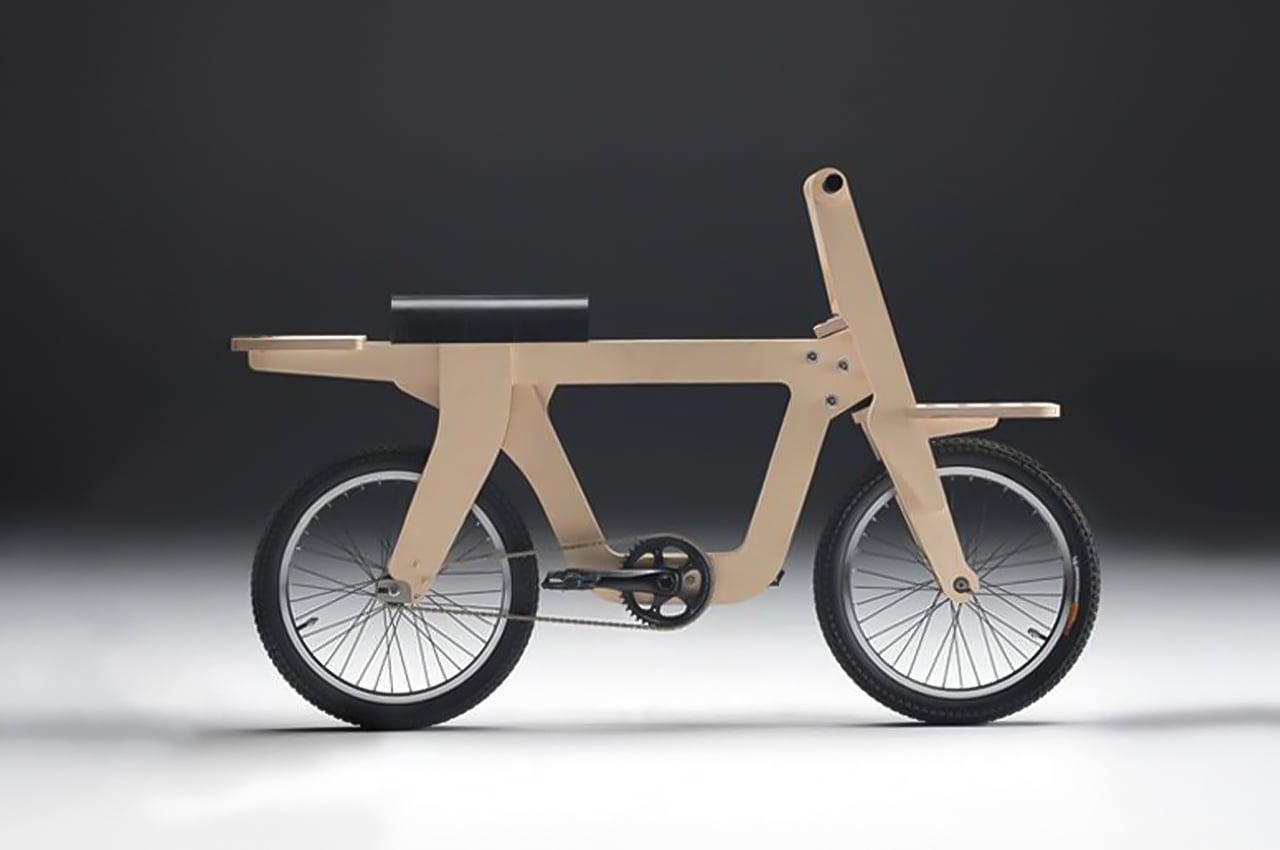

This bicycle made of plywood was created with an intent to get more people to focus on sustainability. The open-source design is called ‘Openbike’ and despite the obvious problems that come with a bike made from plywood, it is still an affordable and lightweight alternative to those who want to live on a budget but are also eco-conscious. The multidisciplinary Spanish design studio wants to reduce carbon emissions in cities by empowering people with technology which is why they made Openbike so that the files can be downloaded and fabricated by anyone in the world.
3. The MagnetCubes


Using a transparent framework of pillars and beams held in place by magnets, MagnetCube gives you the joy of building first, and then of playing. The cube format lends itself to two different games – a multiplayer game called CubeClimbers, or a rollercoaster-building game called Liftpack. CubeClimbers is all about ascent and starts by building a tall multi-level structure by snapping the cubes together to make a pixelated mountain with steep ascents and drops. The mountain is then explored by small plastic climbers, who either climb up or fall down based on what the roll of the die says.
4. Hydropod


Reza Baluchi has run from Los Angeles to New York City twice and around the perimeter of the United States, accumulating 11,720 miles along the way. With all of this already under his belt, walking from St. Augustine, Florida to New York City over the Atlantic Ocean, not in a boat, but in a DIY floating bubble seemed easy. The floating bubble, dubbed “hydropod,” would have floated Baluchi all the way to the Hudson River’s shoreline if his trek wasn’t cut short some 30 miles south of his launch point. Mr. Baluchi, a former professional cyclist, said that he was hoping to use the attention from his trip to raise money to help homeless people and for other charitable causes. Over the years, he said, he has received puzzled reactions — including from the Coast Guard — after performing similar stunts on the water.
5. The RoKit
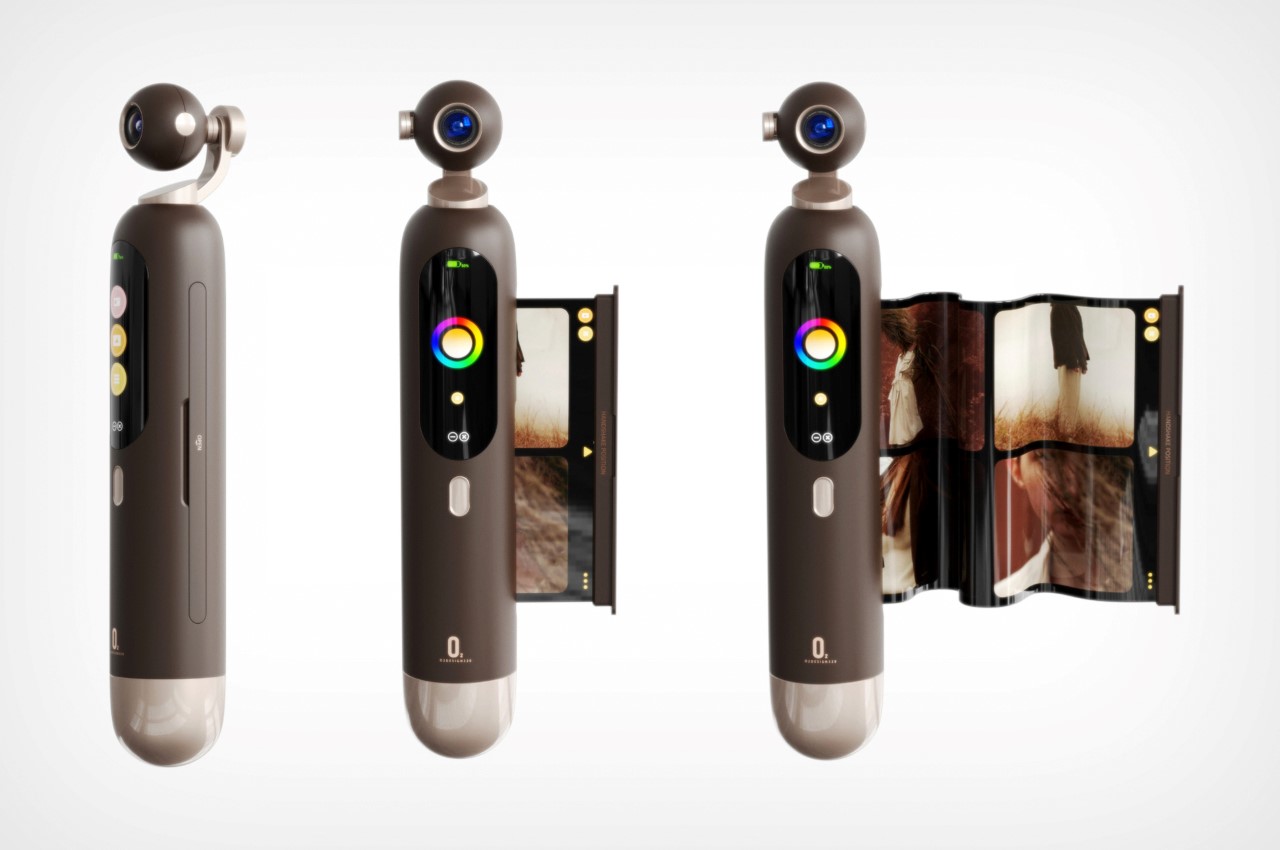
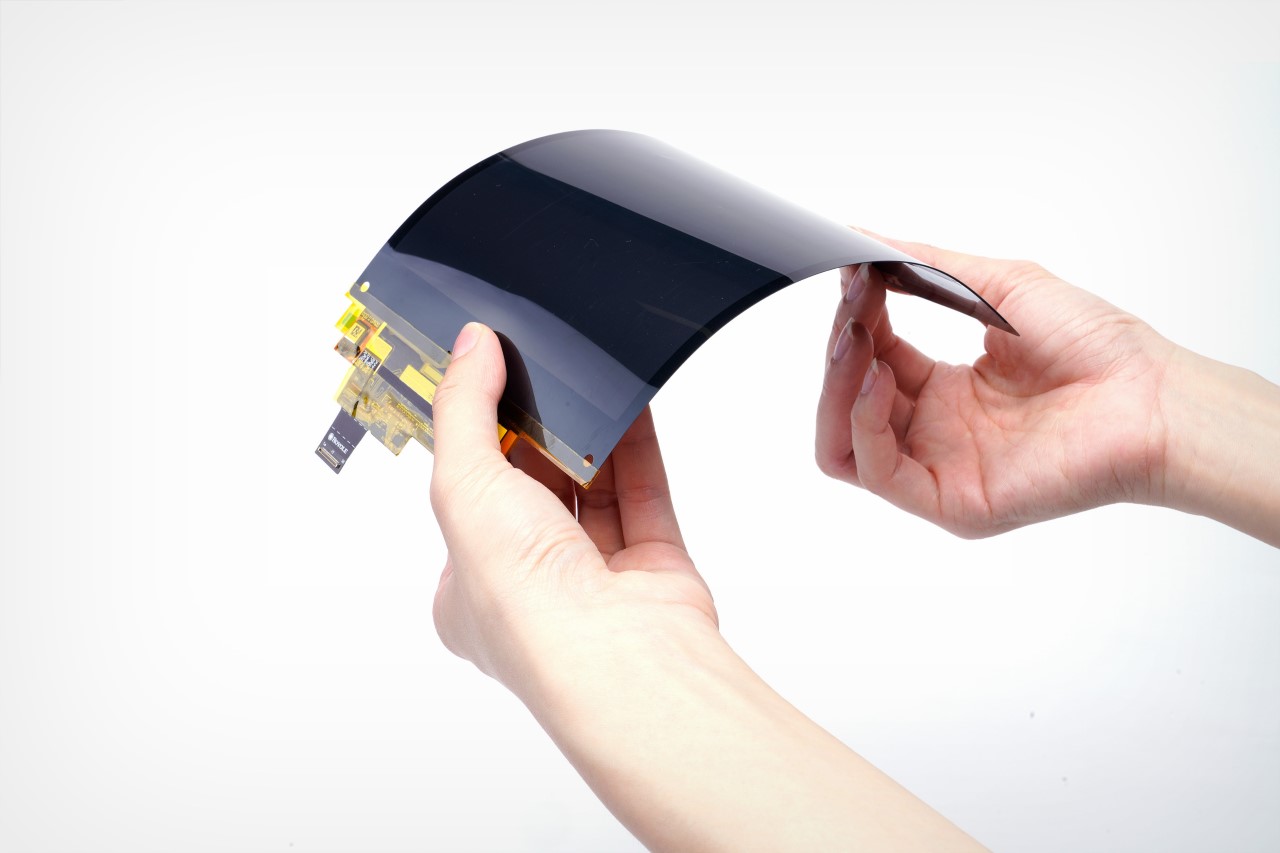
This kit comes packaged in a pretty impressive aluminum briefcase, containing everything you need to bring your unique tech idea to life. The upper part of the briefcase houses Royole’s 3rd Generation Cicada Wing 7.8-inch fully flexible touch-sensitive display, while the lower half of the briefcase contains a development motherboard running Android 10, an HDMI adapter (in case you want to connect your flexible display to an existing computer like a Raspberry Pi, smartphone, laptop, or any other gadget), and a bunch of power cables for good measure.
6. Breathing PC

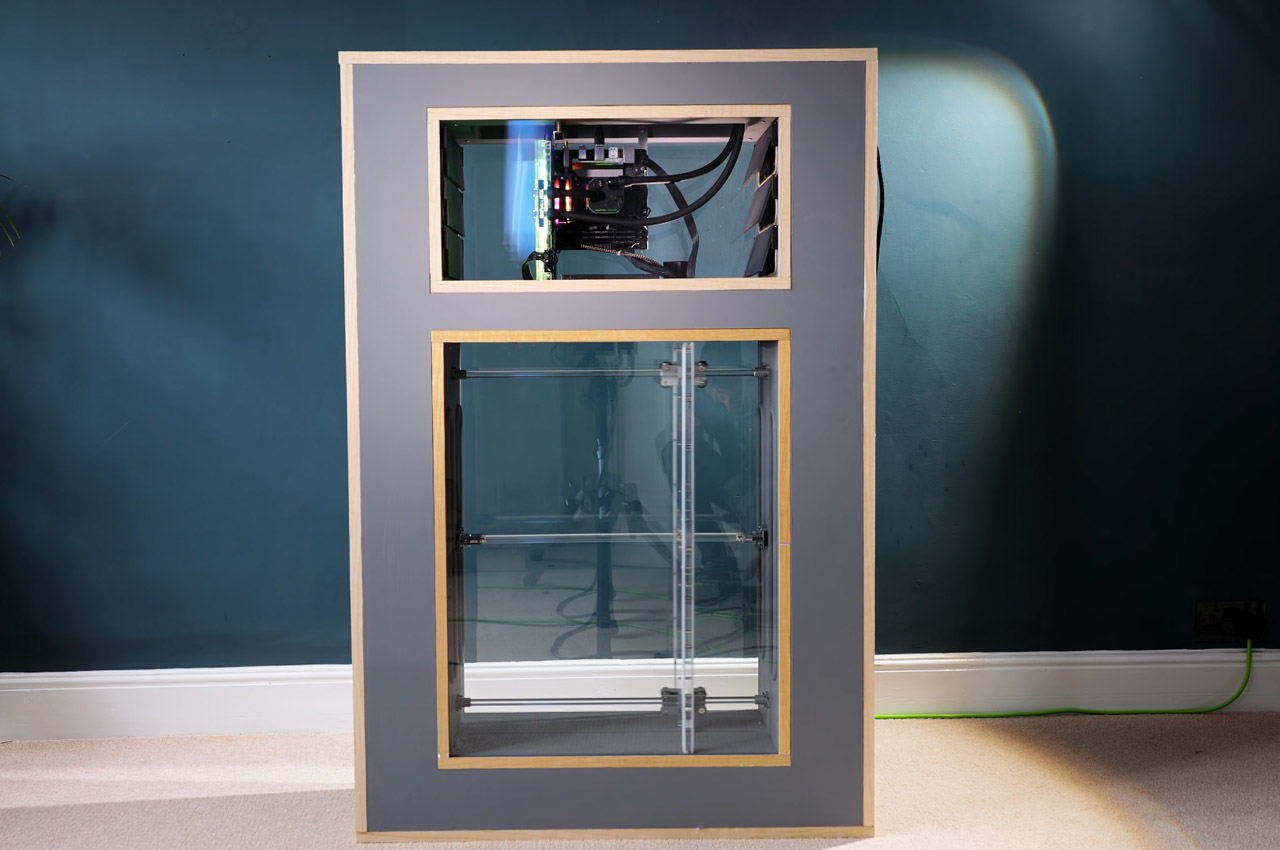
DIY expert Matt Perks of DIY Perks sets a new high with his breathing PC that keeps the high-performance GPU and CPU cool with a breathable motion never ever seen before. This towering PC rig is not compact by any means as the breathable part is housed in the lower section, and the PC components are placed above it. The back and forth breathing magic is achieved with magnets and reinforced acrylic panels. Using acrylic bellows, vents, and a water loop – the innovation can cool one of the best graphics cards and the best gaming CPU on the market, the RTX 3080 and AMD Ryzen 9 5950X. This system results in cool air being pushed up to the powerful components and through the radiator, which keeps the system cool. All the hot air is pushed out from the top to prevent it from circulating back inside.
7. DIY Wood Sculptures

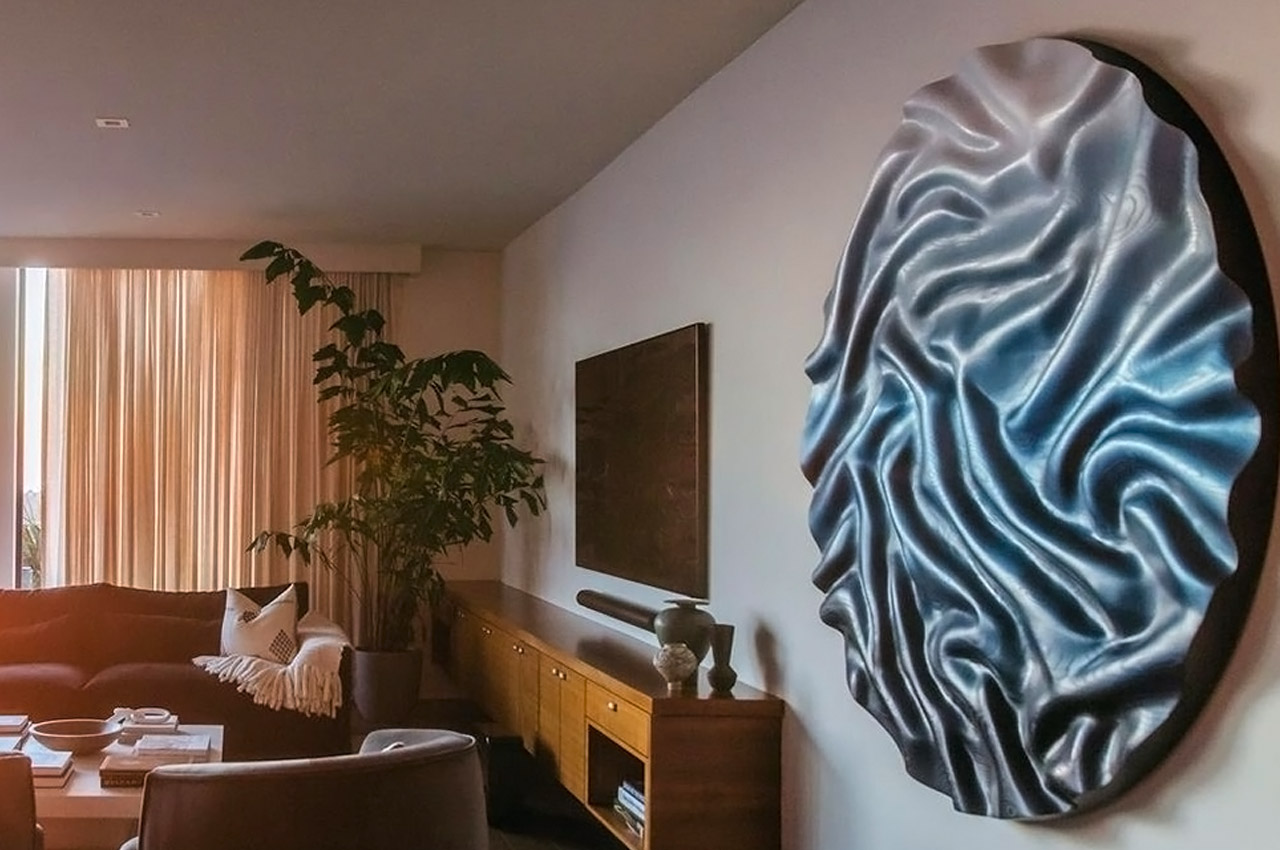
Ironic by design, the San Diego-based artist takes this hard material and transforms them into massive wood sculptures that hold soft ripples and folds. Nuge’s process begins with sketching out the ripples that are followed by wood cutting and then smoothing it out, till you have this flowing expanse of wood that immediately provides visual calmness to your interiors. To hear it in Nuge’s own words, “The art that I create today, in essence, is a rebellion to my architectural background. I create organic forms out of wood that are in stark contrast to the hard lines and rigid nature of architecture. My work is about flow, energy, and human connection. It is because of these elements that I have a heavy emphasis on creating everything by hand.”
8. Re-SOHKO TRANSFORM BOX
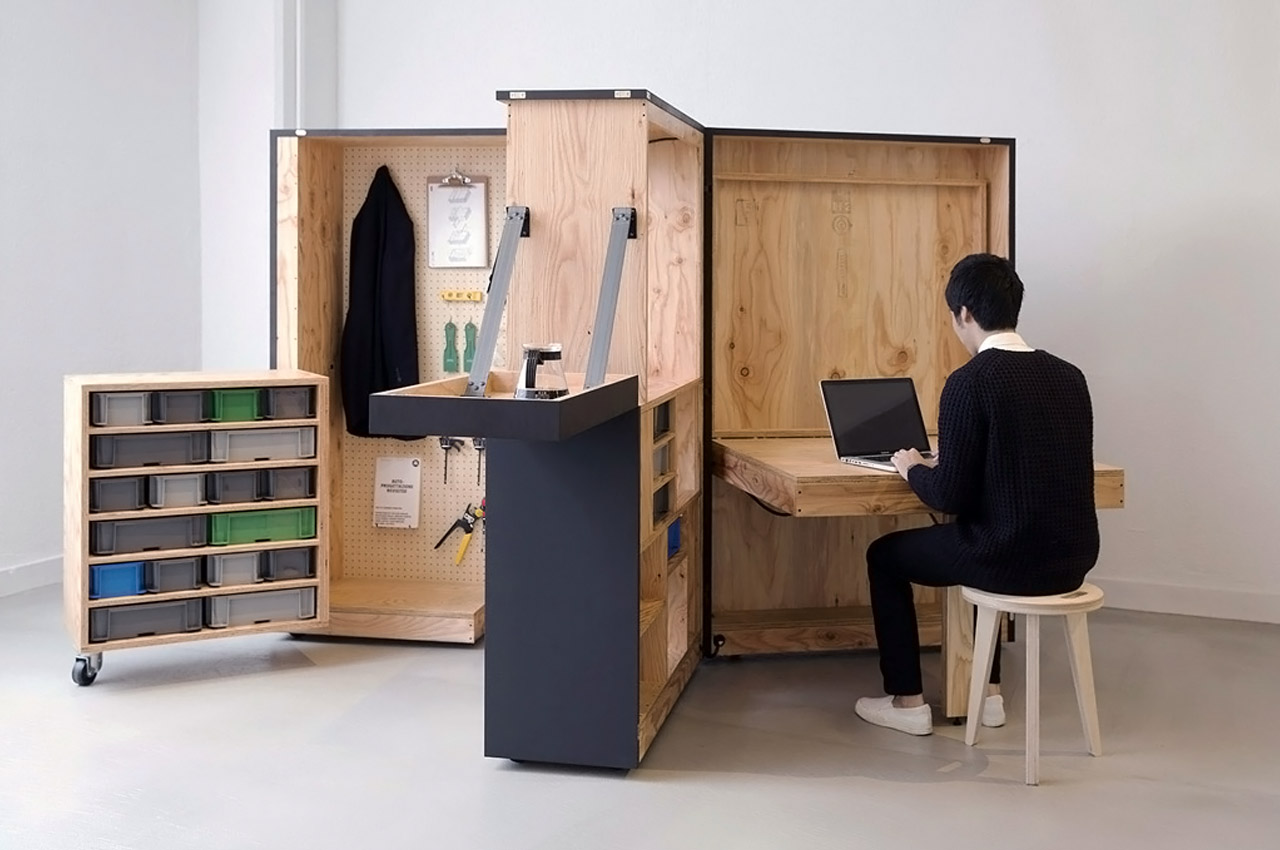

Ever heard of a DIY home office that comes in a box?! Yup, me neither. But OPEN SOHKO DESIGN and NOSIGNER designed exactly that in the form of the ‘Re-SOHKO TRANSFORM BOX.’ The transform box is a space-saving platform that can transform into a lot of things, mainly your own manufacturing office, simply by unfolding it! Not only does it function as a workspace with a desk for you to work on with your laptop, but it even functions as a workbench wherein you can build a variety of things! Amped with nifty storage spaces for your tools and other supplies, you can set up Re-SOHKO TRANSFORM BOX anywhere, and get some hands-on work done. When folded, the box is roughly the size of a standard distribution pallet making it extremely easy to move around. Not to mention you can build the portable workspace all by yourself!
9. Vintage Hardwood PS5 Case
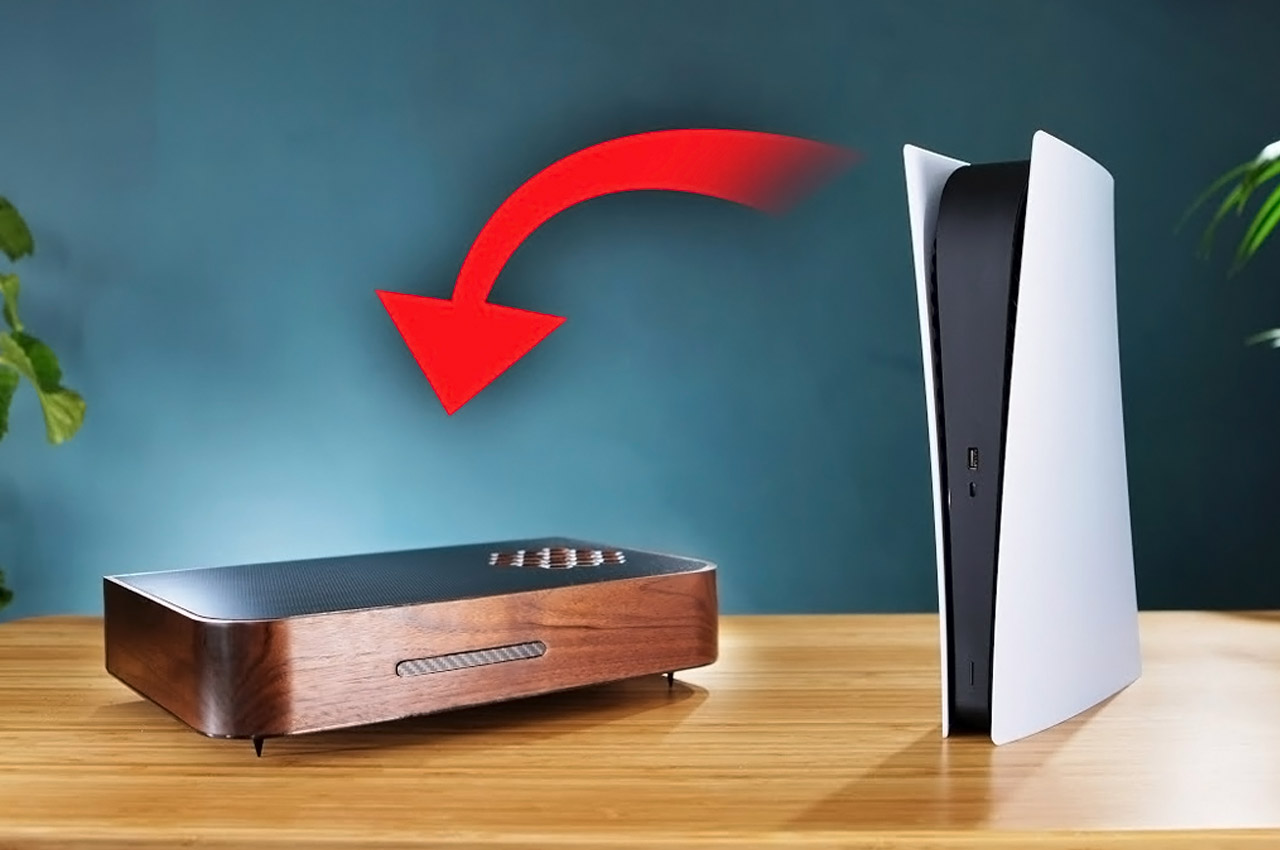
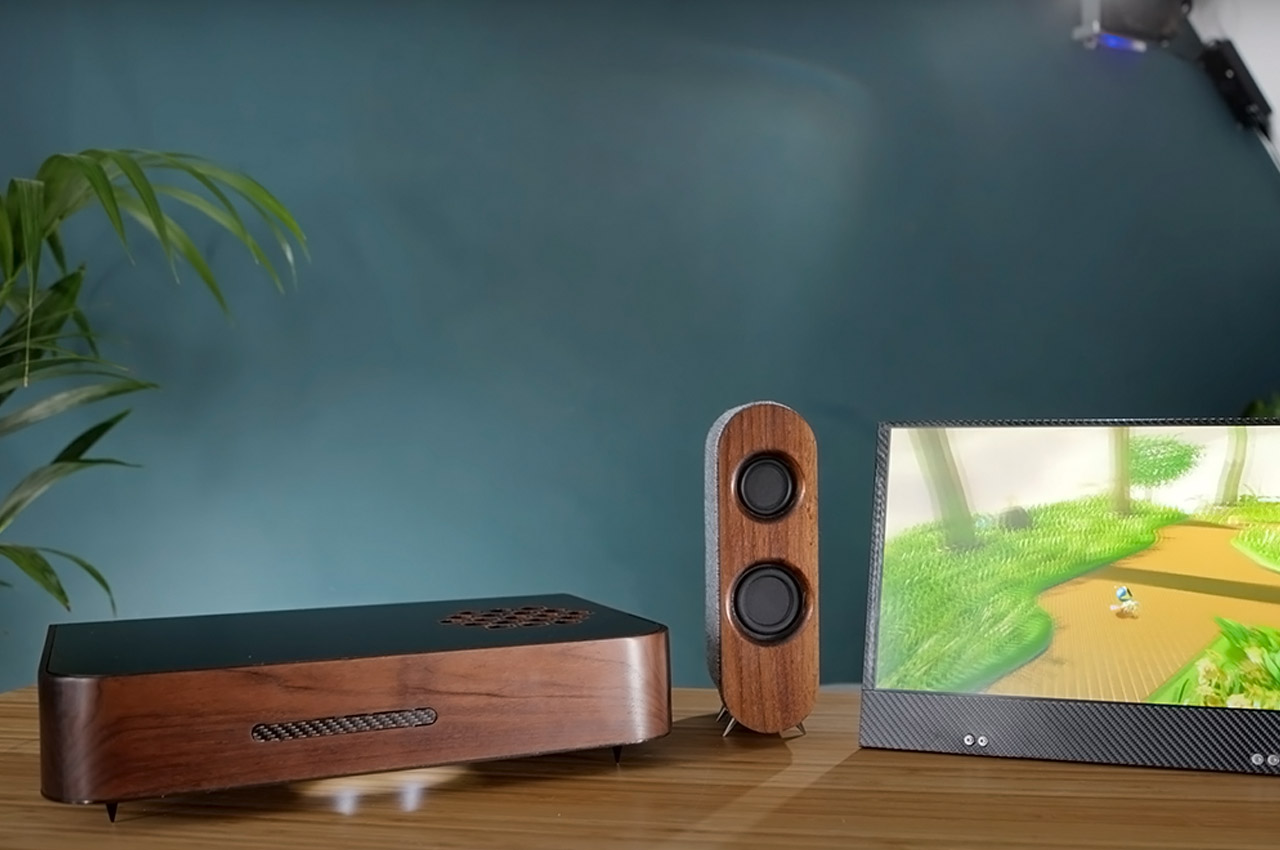
Matt, of DIY Perks is back again with another custom hack that you can build in the comfort of your own home. This time, the handyman YouTuber designs and constructs a wooden case for his new PS5 Carved into the base plate, DIY Perks creates holes where the rest of the PS5’s components fit. Next, DIY Perks mounts the system’s fan onto the carbon fiber baseplate, overlaying the fan with a grill to prevent anything from getting caught in the fan’s blades. Divided into two halves, the fan pulls air in through both sides, allowing airflow drawn from the heat sink to exit through the carved hole in the carbon fiber base plate. To direct the airflow from the heatsink to the fan, DIY Perks uses strips of foam, a cue taken from Sony. With the inner system securely fastened to its new carbon fiber baseplate, DIY Perks begins work on the system’s American walnut wood case. Using a Japanese saw blade, DIY Perks carves angled edges on the walnut wood to create a cubic frame.
10. Keychain-ready AirTag
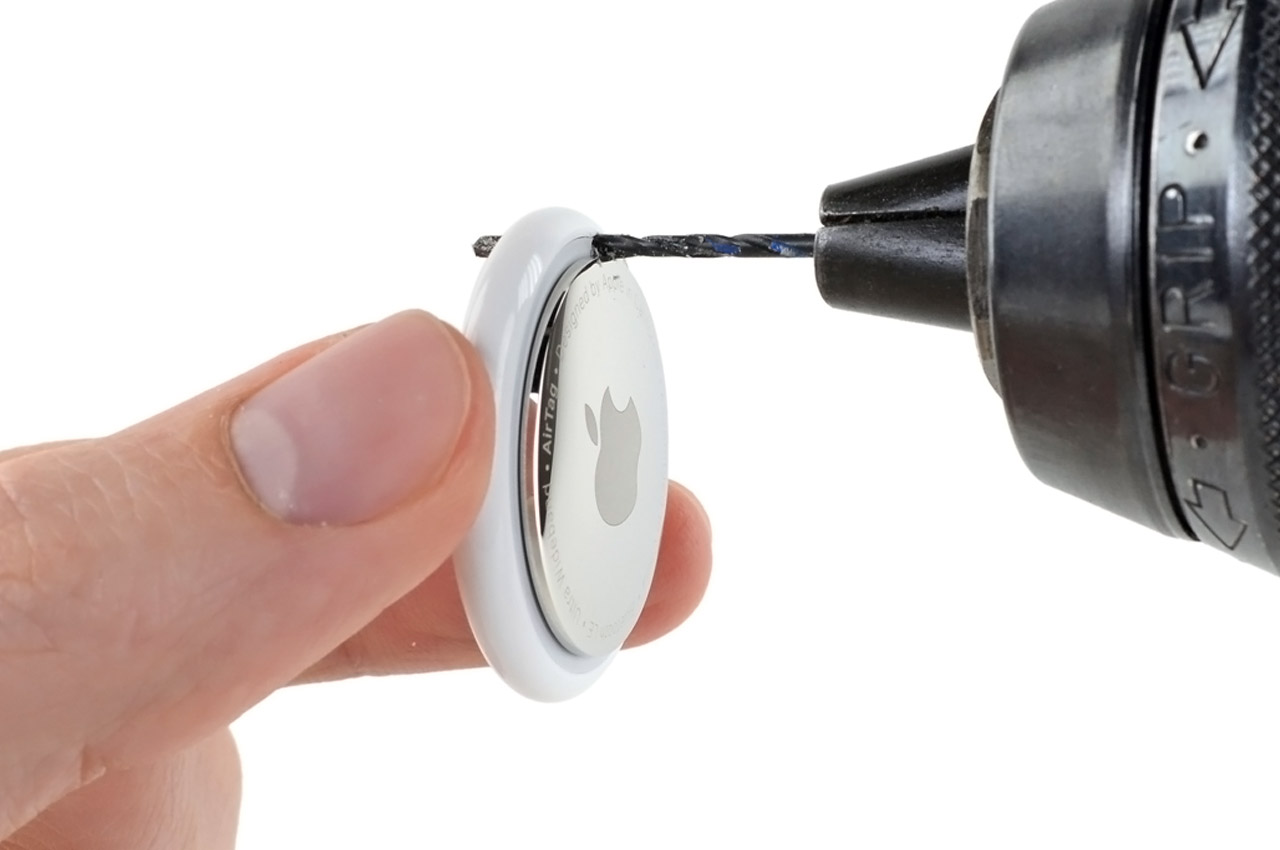

As teardown pros iFixit got down to opening the latest Apple accessory – that’s making all the news – they decided to drill a hole in the AirTag itself. To make it keychain-ready, like the competition, they carefully drilled a punch hole on top of the tracker using a 1/16” drill bit. Surprisingly, the AirTag survived the operation without any functional dystrophy post the drilling bit. Even the sound profile didn’t change much, so the accessory is as good as out of the box. Yes, it now has a keychain hole! iFixit demonstrates how to precisely drill between the notches in the circuit board to avoid puncturing any circuitry and make the tracker non-usable






